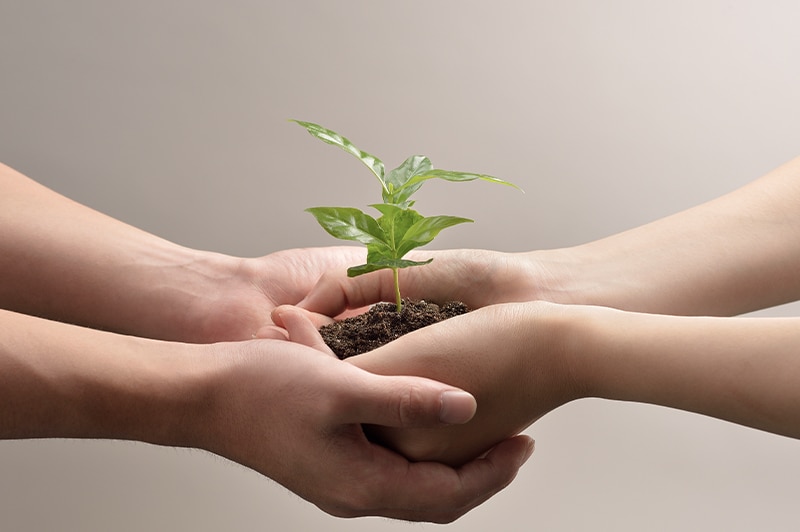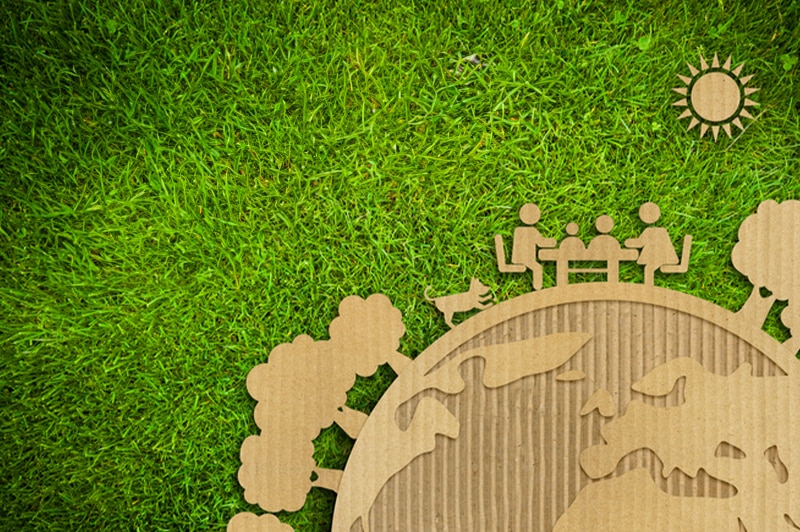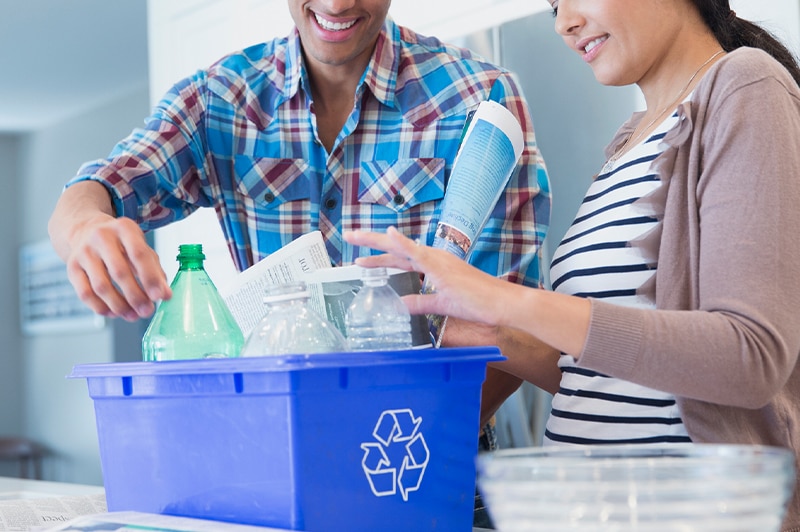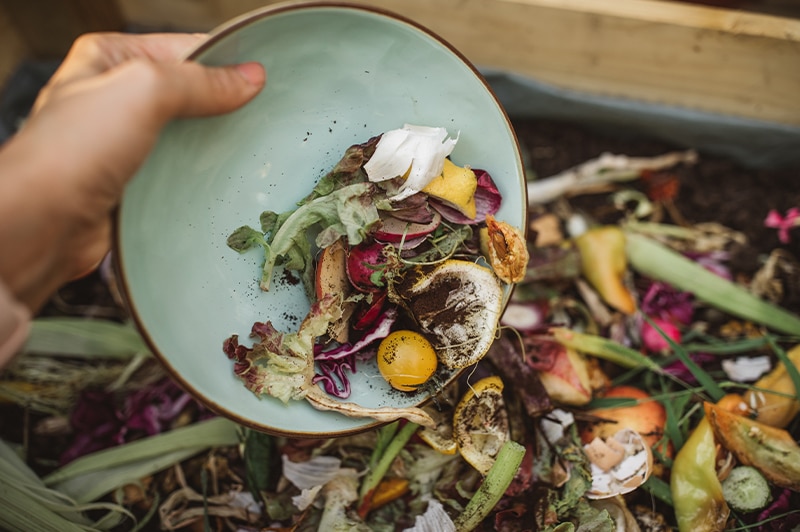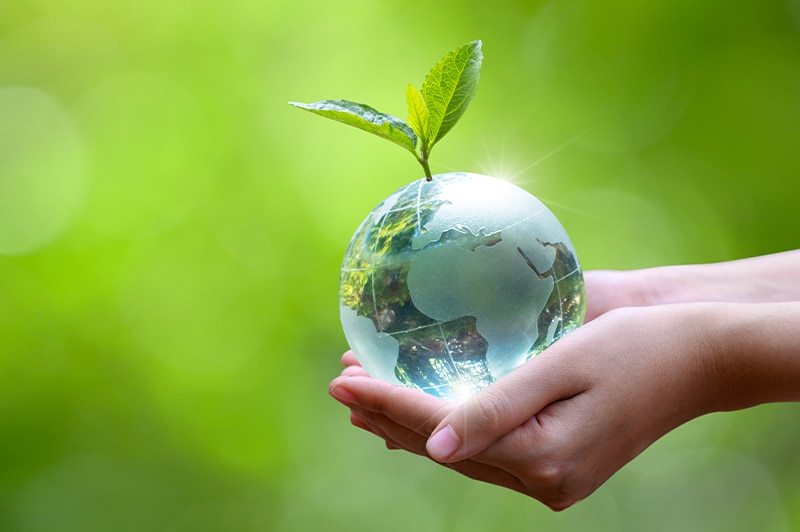Understanding Reduce, Reuse, Recycle
When we talk about sustainability, one of the most powerful and actionable concepts is “Reduce, Reuse, Recycle.” These three principles lay the foundation for a future that balances human consumption with environmental conservation. In a world grappling with climate change, pollution, and shrinking natural resources, it’s essential to understand how each of these practices plays a role in reducing our overall environmental footprint.
This article dives into exploring ways toward a more sustainable future.
Reduce: Minimizing Waste Generation and Consumption
At its core, “Reduce” encourages us to cut down on what we consume and how much waste we generate. It’s the first and arguably the most impactful step in the waste hierarchy. If we can reduce the amount of material entering the waste stream, there’s less need to manage it later.
For example, by consciously choosing products with minimal packaging, using digital tools instead of paper, or being mindful of food waste, we can reduce what ends up in landfills. Every decision to avoid wasteful purchases is a step toward sustainability.
Reuse: Finding New Uses for Items Instead of Discarding Them
The second step, “Reuse,” revolves around getting the most out of items we already own instead of throwing them away. Reusing items delay their journey to the landfill and minimizes the need to produce new products. Whether it's re-purposing old furniture, upcycling jars for storage, or donating clothes and household items, reusing is an effective way to conserve resources.
Recycle: Processing Materials to Make New Products
The final pillar, “Recycle,” involves processing waste materials like paper, plastic, and metals so they can be turned into new products. Recycling reduces the need for raw material extraction. While recycling is vital, it works best when combined with reducing and reusing. If we don't reduce our waste and find ways to reuse, we can overwhelm recycling systems and limit their effectiveness.

Why Reducing Waste Matters
Environmental Impact of Waste
Improperly managed waste profoundly impacts the environment. Landfills contribute to greenhouse gas emissions, oceans are filled with plastic pollution, and ecosystems are damaged due to resource extraction. The production, transportation, and disposal of goods consume massive amounts of energy and water. Reducing waste helps to mitigate these negative environmental effects.
The Concept of "Zero Waste"
“Zero waste” is a philosophy and goal that encourages redesigning our use of resources to eliminate waste entirely. It’s about keeping materials in circulation for as long as possible, through thoughtful consumption and smart resource management. The zero-waste movement is growing, with cities, businesses, and individuals adopting practices that aim to reduce their waste to the bare minimum.
Examples of How Individuals and Businesses Can Reduce Waste
● Individuals can reduce waste by buying less, opting for quality over quantity, and avoiding single-use plastics.
● Businesses can adopt sustainable packaging, streamline manufacturing processes to minimize waste, and encourage customers to return or reuse products.
Practical Ways to Reduce Waste
Conscious Purchasing Decisions
Becoming more mindful about what we buy can make a significant difference. Opt for bulk purchases, choose items with minimal or no packaging, and support brands that use sustainable practices. For example, buying refillable containers instead of single-use plastics or opting for products made from recyclable materials can drastically reduce the amount of waste generated.
Digital Alternatives
In today’s tech-savvy world, many things can be digitized, reducing the need for physical materials. Consider digital subscriptions, e-bills, and cloud storage instead of printed copies. These small actions can accumulate into massive waste reduction, especially when adopted at scale.
Reducing Food Waste
Food waste is a significant global problem, but it’s one we can all combat. Plan meals in advance, store leftovers properly, and get creative with recipes that use surplus food. By doing so, you reduce the amount of food that ends up in landfills, where it decomposes and produces methane, a potent greenhouse gas.
The Importance of Reusing Materials
Extending the Life of Products and Resources
Reusing items keeps them out of landfills and reduces the demand for new products, cutting down on the resources needed to produce, package, and transport goods. For example, using cloth napkins instead of paper ones or repairing appliances instead of replacing them extends the life of these items.
Economic and Environmental Benefits of Reusing
Reusing products can save money and conserve resources. By finding new uses for items instead of discarding them, consumers can save on the cost of purchasing new goods. Meanwhile, businesses benefit by cutting down on the materials required for production and disposal.
Creativity in Reusing: Upcycling and Repurposing
Upcycling—where materials are creatively transformed into something new and often better—is an exciting way to reuse. For example, old wine bottles can become decorative lamps, or an old ladder can be repurposed as a bookshelf. The possibilities for creative reuse are endless, and innovation is encouraged while reducing waste.
Simple Ways to Reuse Items

Using Reusable Bags, Bottles, and Containers
One of the easiest ways to reduce waste is to switch to reusable items. Reusable shopping bags, water bottles, and containers for food storage drastically cut down on single-use plastics.
Donating or Selling Items Instead of Throwing Them Away
If you no longer need something, that doesn’t mean it has lost its value. Donating clothes, books, and household goods to thrift stores or selling them online gives them a second life and keeps them out of landfills.
DIY Projects with Used Materials
Get creative with do-it-yourself projects that repurpose materials. Turn old glass jars into pantry storage or transform an old T-shirt into a shopping bag. DIY projects are not only cost-effective but fun and rewarding.
The Role of Recycling in Conservation
How Recycling Works
Recycling involves collecting, sorting, and processing waste materials so they can be made into new products. For instance, recycled paper can be turned into new books, and melted-down plastic bottles can become fabrics or other plastic products.
Environmental and Economic Benefits of Recycling
Recycling conserves energy reduces the need for new raw materials and decreases pollution. Economically, it also creates jobs in the collection and processing industries while saving money on waste disposal.
Commonly Recycled Materials
Paper, plastic, glass, and metals are some of the most common materials recycled today. Each of these materials goes through specific processes to be broken down and reformed into new products.
How to Recycle Effectively
Understanding Local Recycling Guidelines and Programs
Recycling programs vary by location, so it’s essential to understand your local guidelines. Some areas recycle certain plastics or papers while others don’t, so knowing what’s accepted ensures your efforts don’t go to waste.
Proper Sorting and Cleaning of Recyclables
Contamination is a significant issue in recycling. Make sure to rinse out jars and cans before recycling to prevent contamination of recyclable materials and follow local rules about sorting. A clean recycling stream is more efficient and less likely to end up in landfills.
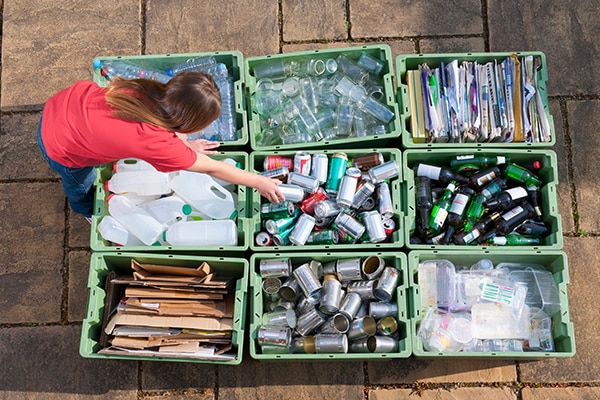
The Importance of Buying Recycled Products
To complete the recycling loop, consumers must support the market for recycled goods. Look for products made from recycled materials, which in turn encourages manufacturers to continue using these eco-friendly processes.
Challenges and Myths Around Recycling
Common Misconceptions
One common misconception is that all plastic is recyclable, when in fact many types of plastic can’t be processed in standard recycling systems. Understanding these nuances is key to effective recycling.
Issues with Contamination and Improper Recycling
Contaminated recycling—like unclean containers—can spoil entire batches, rendering the effort wasted. Additionally, improper sorting of materials can lead to inefficiencies in recycling systems.
The Need for Education and Better Infrastructure
Recycling infrastructure needs improvement, and education about recycling practices is crucial. Governments and organizations must invest in better systems and campaigns to raise awareness and encourage responsible behavior.
Taking Action Beyond Reduce, Reuse, Recycle
Supporting Sustainable Brands and Businesses
Consumers have the power to drive change by supporting businesses committed to sustainability. Choose companies that prioritize eco-friendly products, ethical sourcing, and minimal waste.
Advocating for Environmental Policies and Initiatives
Advocacy for stronger environmental policies, like plastic bans or waste reduction targets, can have far-reaching impacts. Governments play a crucial role in enforcing regulations that drive sustainability.
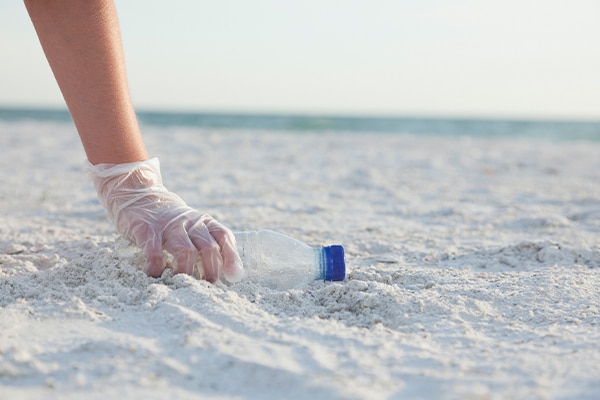
Community Involvement: Organizing Clean-ups and Awareness Programs
Getting involved in local clean-ups, educational programs, or environmental campaigns can create a ripple effect. When communities come together, change happens at a faster pace, creating a more sustainable future for everyone.
A Sustainable Future Starts with Your Actions
A sustainable future depends on reducing, reusing, and recycling. By minimizing consumption, finding new uses for old items, and properly recycling materials, we take essential steps toward conserving resources and protecting the planet. But it doesn’t end there. We must advocate for broader environmental changes, support eco-friendly businesses, and get involved in our communities. Together, we can turn small actions into significant change.


